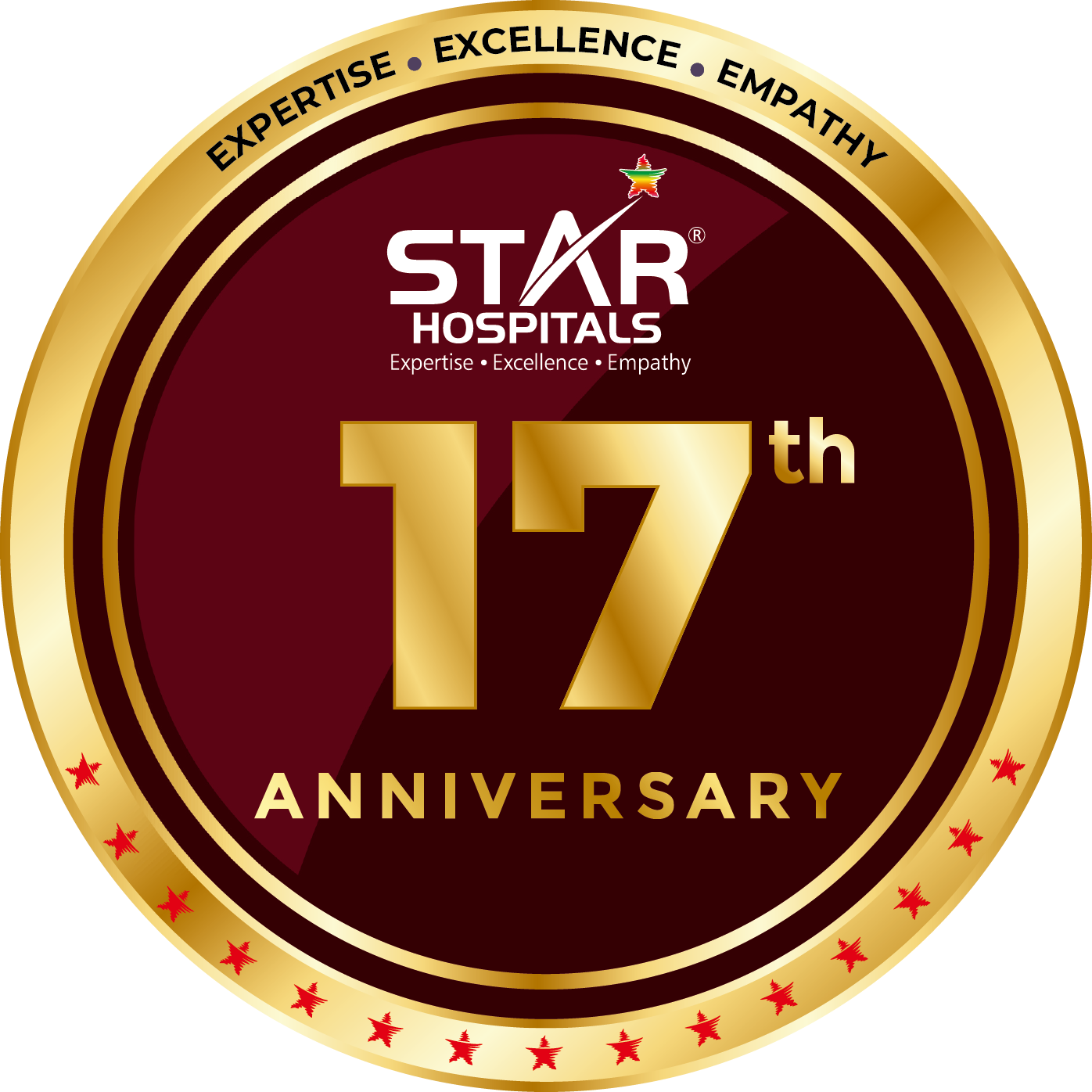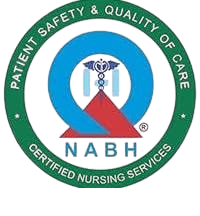Before the operation, it's crucial to thoroughly check both the donor and recipient to make sure everything will go smoothly. This detailed evaluation helps increase the chances of a successful transplant and helps both the recipient and the donor stay safe.
Liver disease can present with various symptoms, some of which may be subtle in the early stages.
Common symptoms include:
- Fatigue and Weakness: Feeling unusually tired or weak.
- Jaundice: Yellowing of the skin and eyes due to excess bilirubin in the blood.
- Abdominal Pain and Swelling: Discomfort or pain in the upper right side of the abdomen, sometimes accompanied by bloating or swelling (ascites).
- Dark Urine and Pale Stools: Dark-colored urine and light, clay-colored stools.
- Nausea and Vomiting: Feeling sick or experiencing nausea, sometimes leading to vomiting.
- Loss of Appetite: A sudden decrease in hunger or interest in food.
- Unexplained Weight Loss: Losing weight without trying.
- Swelling in Legs and Ankles: Fluid retention (edema) causing puffiness.
- Bruising and Bleeding Easily: Reduced clotting function can lead to easy bruising and bleeding.
- Itchy Skin: Persistent itching, sometimes due to bile salts building up under the skin.
This list can also indicate fatty liver symptoms
What is a Liver Transplant?
Liver transplantation involves replacing a failing liver with a healthy one from a donor. The procedure can be categorized into two types:
Types of Liver Transplants
There are two main types of liver transplants:
- Deceased Donor Liver Transplant (DDLT): This type involves getting a liver from someone who has recently passed away. Patients have to wait for a matching liver to become available, which can take time because there are often more people in need than there are donors.
- Living Donor Liver Transplant (LDLT): In this type, a healthy person donates a part of their liver. This option can be scheduled in advance and usually means a shorter waiting time compared to deceased donor transplants. The liver will grow back to full size in both the donor and the recipient.
A remarkable feature of the liver is its ability to regenerate, allowing both the donor's and recipient's livers to recover and function normally post-surgery.
Who Needs a Liver Transplant?
Liver transplants are typically considered for patients with:
- Chronic Liver Diseases: Conditions that progressively damage the liver, For instance, Liver disease cirrhosis
- Liver Cancer: When the cancer is confined to the liver and can be treated by removing the affected organ.
- Acute Liver Failure: Sudden loss of liver function, often due to toxins or viruses or enhanced liver fibrosis.
- Pediatric Liver Diseases: Conditions affecting children’s liver health.
Severe liver damage can be life-threatening, and a liver transplant often represents the only viable cure, offering a chance for a healthier, longer life.
Interventional Radiology in Liver Disease
Minimally invasive procedures are crucial in treating liver conditions. These procedures use advanced technology to help diagnose and manage liver diseases without major surgery.
Here are the Tests for liver function
- Liver Biopsy: A small tissue sample is taken using a needle to diagnose liver disease. There are several types:
- Percutaneous Biopsy: The most common, done through the skin.
- Transjugular Biopsy: For patients with bleeding disorders, accessed via a neck vein.
- Laparoscopic Biopsy: Uses small incisions and a camera for guidance.
- Endoscopic Ultrasound-Guided Biopsy: Uses an endoscope for precision.
- FibroScan: A non-invasive test that measures liver stiffness and fat content to assess fibrosis or fatty liver.
Diagnostic Imaging Tests:
- Ultrasound: Detects liver tumors, cysts, and blood flow issues.
- CT Scan: Provides detailed images of liver masses or abnormalities.
- MRI: Offers detailed views of soft tissues, especially for tumors or fibrosis.
These tests are also potential liver failure tests.
Treatments:
- TIPSS (Transjugular Intrahepatic Portosystemic Shunt): This procedure helps manage liver problems like high blood pressure in the liver by creating a new pathway for blood flow.
- RFA (Radiofrequency Ablation): A technique that uses heat to destroy liver tumors or abnormal tissue.
- TACE (Transarterial Chemoembolization): This involves delivering chemotherapy directly to a liver tumor to kill liver cancer cells while cutting off the blood supply to the tumor.
These procedures are less invasive than traditional surgery and can be very effective in managing liver diseases and conditions.
Liver Transplantation Process
- Evaluation of the Recipient: Before getting a liver transplant, patients go through a series of health checks. These tests look at how well their heart, lungs, and kidneys are working to make sure they are healthy enough for the surgery.
- Donor Evaluation: Both living people and those who have passed away are carefully checked to see if their liver will be a good match for the recipient. Important factors include matching blood types and making sure the liver is the right size. This helps ensure the transplant will be successful.
Specialized Liver Transplant Techniques
Here are some specialized methods used for liver transplants:
- ABO-Incompatible Transplants: Used when the donor and recipient have different blood types. This technique makes it possible to match the liver even if blood types don’t match perfectly.
- Split Liver Transplantation: A single liver from a deceased donor is divided and transplanted into two different people. This helps more patients get the life-saving treatment they need.
- Auxiliary and Domino Liver Transplants: These are special methods used for unique situations. In an auxiliary transplant, a new liver is added alongside the existing one, while a domino transplant involves passing the liver from one patient to another.
- Swap and Mono-Segmental Liver Transplants: These techniques are often used for children. Swap transplants involve exchanging livers between patients, and mono-segmental transplants use parts of the liver to match the specific needs of young patients.
Post-Transplant Care
Post-operative care is critical for both donors and recipients to ensure a smooth recovery and to manage any potential complications. Long-term follow-up involves monitoring liver function, medication management, and regular check-ups to ensure the success of the transplant.
Technology and Expertise at Star Hospitals
At Star Hospitals, we employ advanced medical technologies and techniques for liver transplantation. Our experienced team of hepatologists, surgeons, and specialists ensures the highest standards of care and success in liver transplants.
Liver transplantation has the potential to save lives and offer new hope to those with severe liver conditions. At Star Hospitals, we are committed to providing exceptional care and advanced treatment options. If you or a loved one is facing liver issues, we encourage you to seek timely consultation and explore the possibilities of liver transplantation. Organ donation and advanced liver care are vital in making a difference, and we are here to guide you every step of the way.












